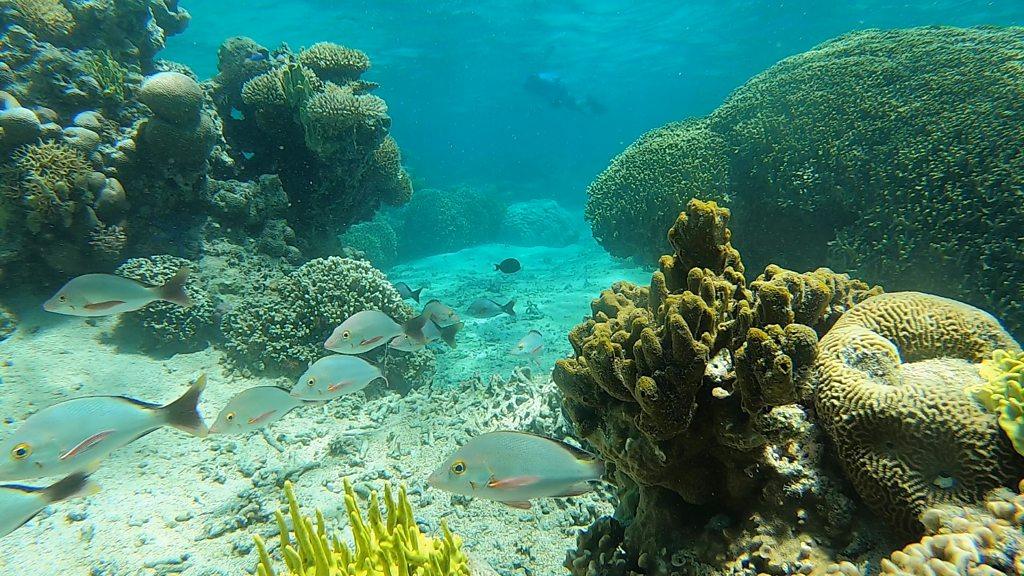US to protect coral reefs in Caribbean and Pacific
- Published
- comments
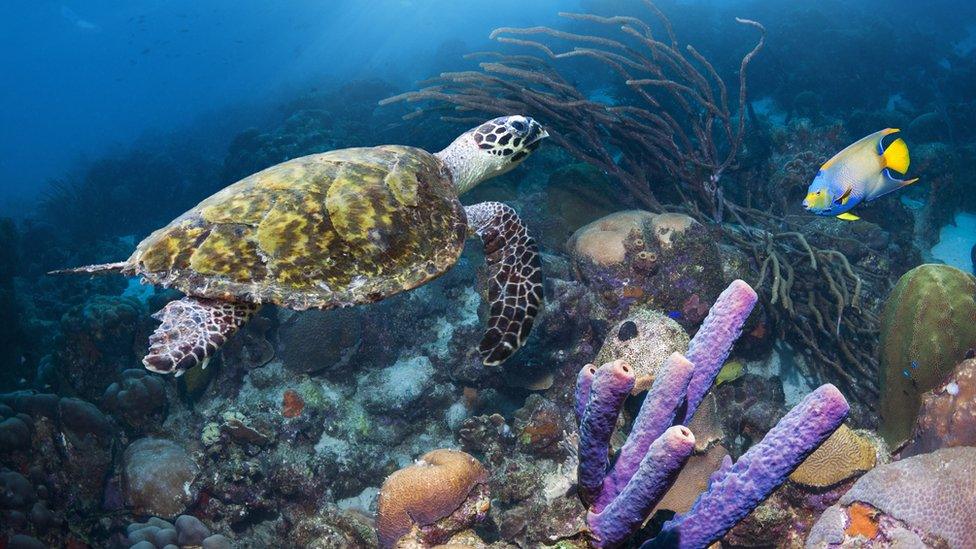
Sea turtle swims over coral reef in the Caribbean
The US is planning to create critical habitat protections for twelve coral species in the Caribbean and Pacific Ocean.
It would cover over 6,000 sq miles (nearly 16,000 sq km) of critical coral habitat.
A report in November found that climate change is the biggest threat to US coral reefs.
Fishing and land-based pollution have also contributed to the species' decline.
What are corals?
WATCH: What is coral bleaching?
Corals are a group of living animals related to sea anemones and jellyfish which build hard skeletons and grow on the ocean floor.
Coral reefs are an important underwater ecosystem, often called the 'rainforests of the ocean'. Covering less than 0.1% of the seabed, coral reefs are home to 25% of the world's marine species.
Stressful events caused by climate change - like storms, cyclones, floods, and warming seas - have a harmful impact on coral and are happening with increasing frequency and intensity across the world.
Coral bleaching is a stress response that happens when the sea becomes too cold or too hot or when pollution or freshwater enters the sea.
The relationship between the coral and the algae living inside the coral breaks down and the coral pushes out the algae. Without the algae, the coral loses it major source of food and turns white. If corals remain bleached for too long then they can die.
Acidification is another impact of climate change on our oceans. This is when the chemistry of the ocean changes, which affects the process by which corals build their skeleton and hinders the ability for corals to grow.
A loss of corals would dramatically decrease biodiversity across the world and directly impact about a half billion people worldwide who depend on coral reefs as a source of food and income.
What's the situation in the US?
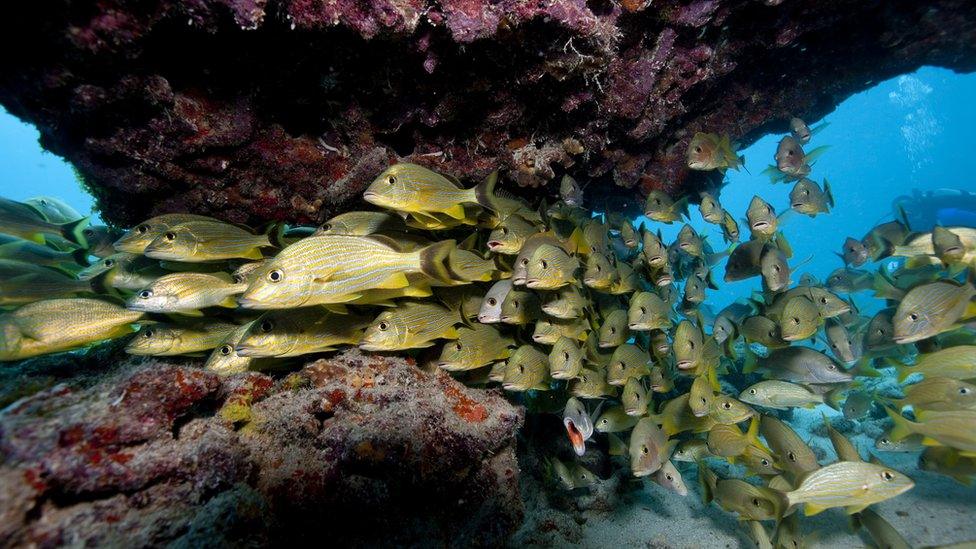
School of fish swim beneath coral in Florida
A recent report found that the reefs off the coast of Florida are the most degraded in the USA, with perhaps as little as 2% remaining.
Coral reefs are really important in Florida, which is a region prone to hurricanes, because they provide natural barriers to storm surges.
The new habitat protections aim to regulate local threats to corals like overfishing, pollution, and dredging operations.
The proposed protections in the Pacific cover the critical habitat for seven threatened corals around island territories including Guam, American Samoa and the Northern Mariana Islands.
The protections in the Caribbean would cover critical habitat for five threatened corals off the coast of Florida, Puerto Rico and the US Virgin Islands.
Habitat protections are one of the key things that corals need to safeguard their survival
"I don't like to say that reefs in Florida are on their last legs, but if we don't increase our efforts to save them soon, they will be," said Andrew Baker, a marine biologist with the University of Miami.
He called habitat protections "a necessary but insufficient step" for helping coral species threatened by climate change.
He said creating habitat protection sites "isn't going to protect corals from climate change directly, but it does prevent certain potentially destructive activities from occurring in these habitats,".
The plans have taken longer to be announced than many had hoped.
In 2019, the Center for Biological Diversity sued the Trump administration over the lack of habitat protections for these species - five years after the corals were listed under the Endangered Species Act in 2014.
- Published14 September 2020
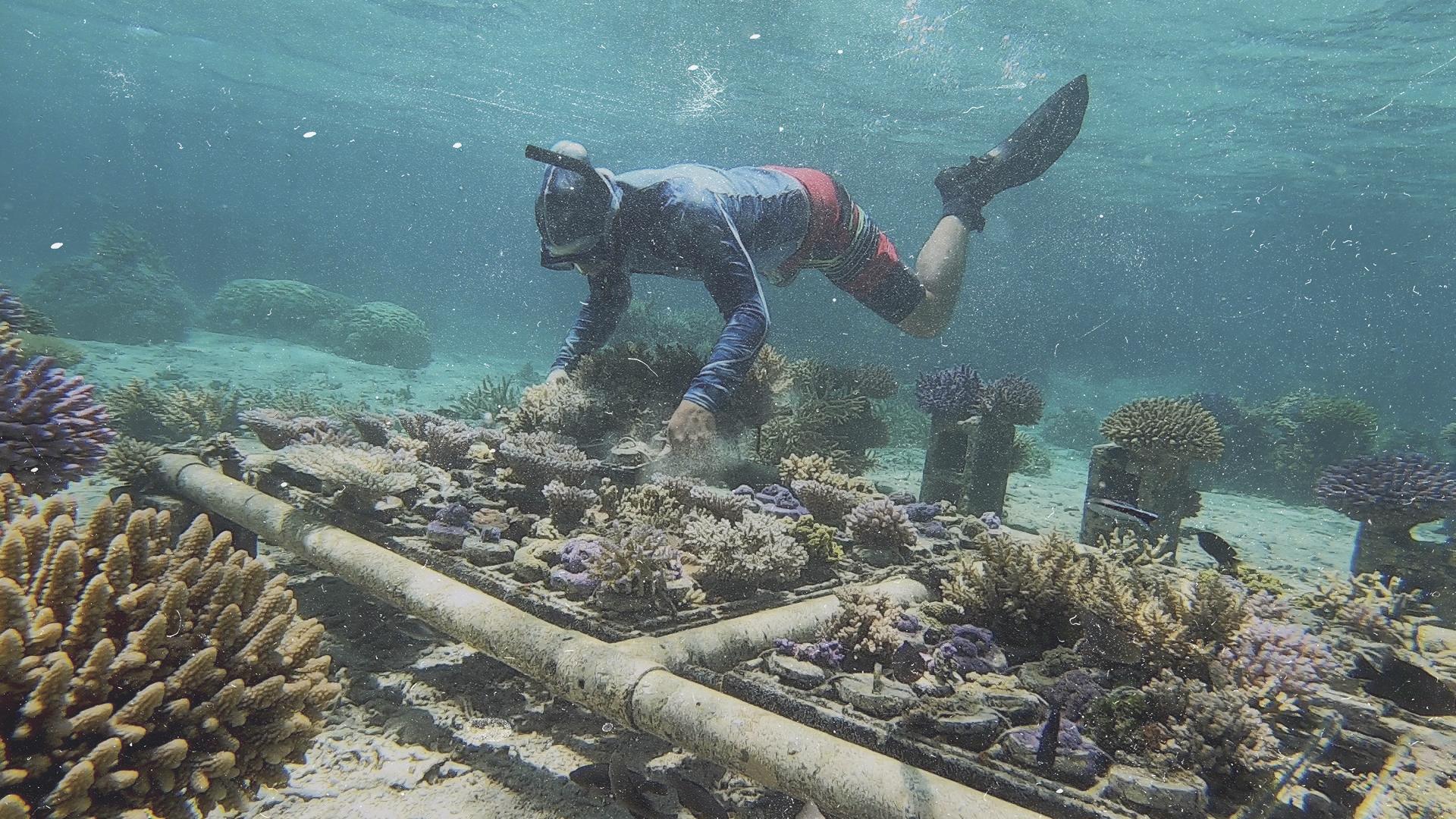
- Published17 November 2020
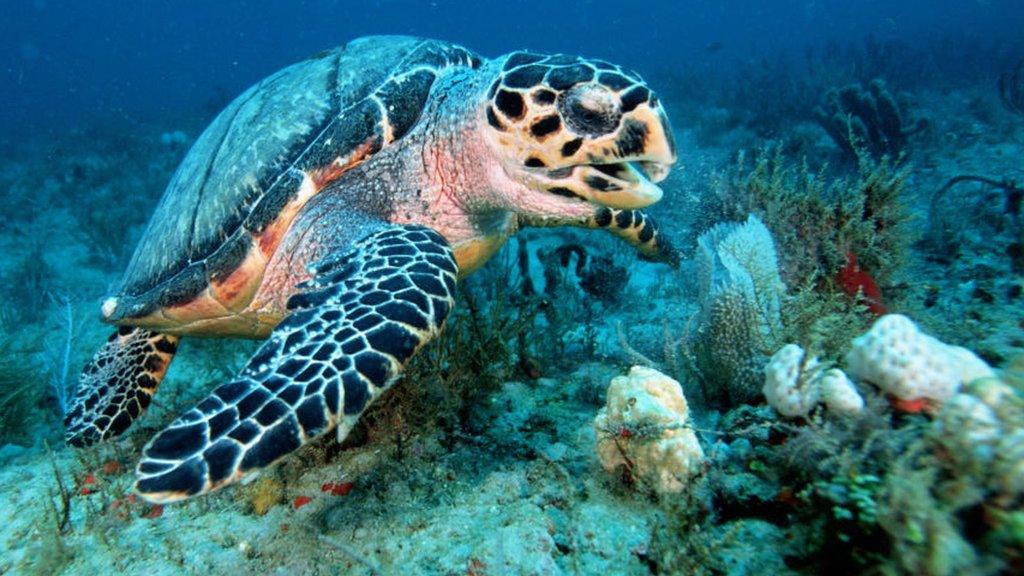
- Published11 September 2020
